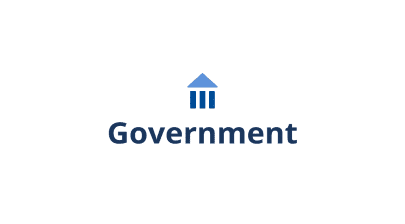Social Services Agency
Democratizing test automation for quality @ speed at a government social services agency

Company overview
Government organizations around the globe are consistently looking to deliver innovative, often life-altering functionality to their citizens faster while accommodating stringent quality and compliance requirements. This was certainly the case for a large government agency responsible for making billions of dollars in payments each year to its country’s citizens.
Each update to these critical systems requires intensive scrutiny since mistakes could cost millions and would land the agency in the news for all the wrong reasons. The IT and development teams must ensure 20+ systems are updated and integrated properly after each release to ensure case managers and citizens alike can complete transactions rapidly and reliably. However, their legacy cadence of quarterly releases frequently required 8 weeks of manual regression testing. This delayed releases and throttled the pace of innovation. Moreover, when occasional emergency releases were required, it was extremely difficult to complete the expected level of testing in the condensed timeframe.
A product owner within the organization knew automation was the answer to their testing bottleneck. They set out to create an ROI for test automation to sell the business on its value. A known obstacle would be upskilling existing domain experts to create and run automated tests. As they noted, “You cannot just suddenly tell someone ‘Here’s C#, start programming.’”
 Industry: Government
Industry: Government Products:
Products:

